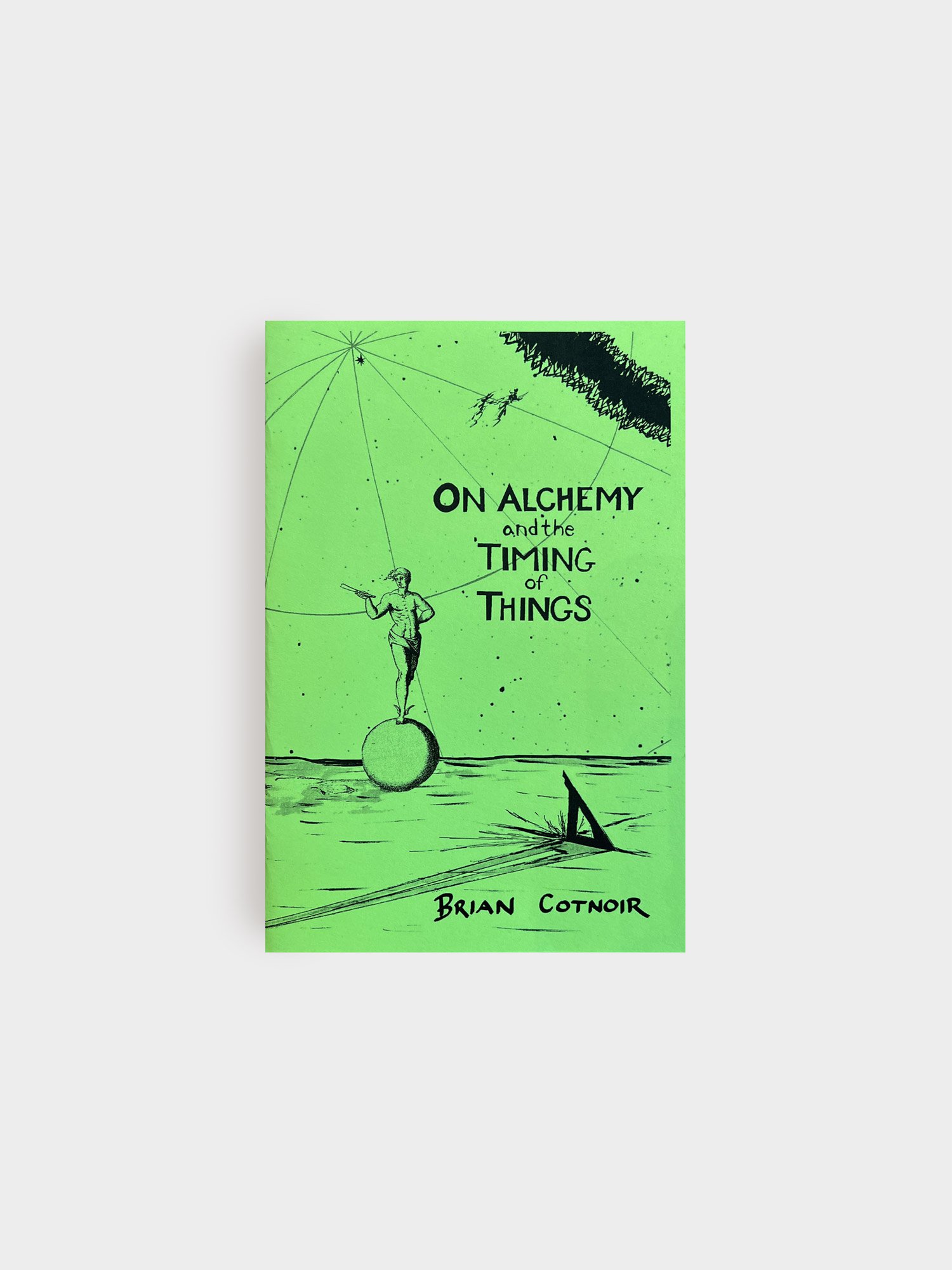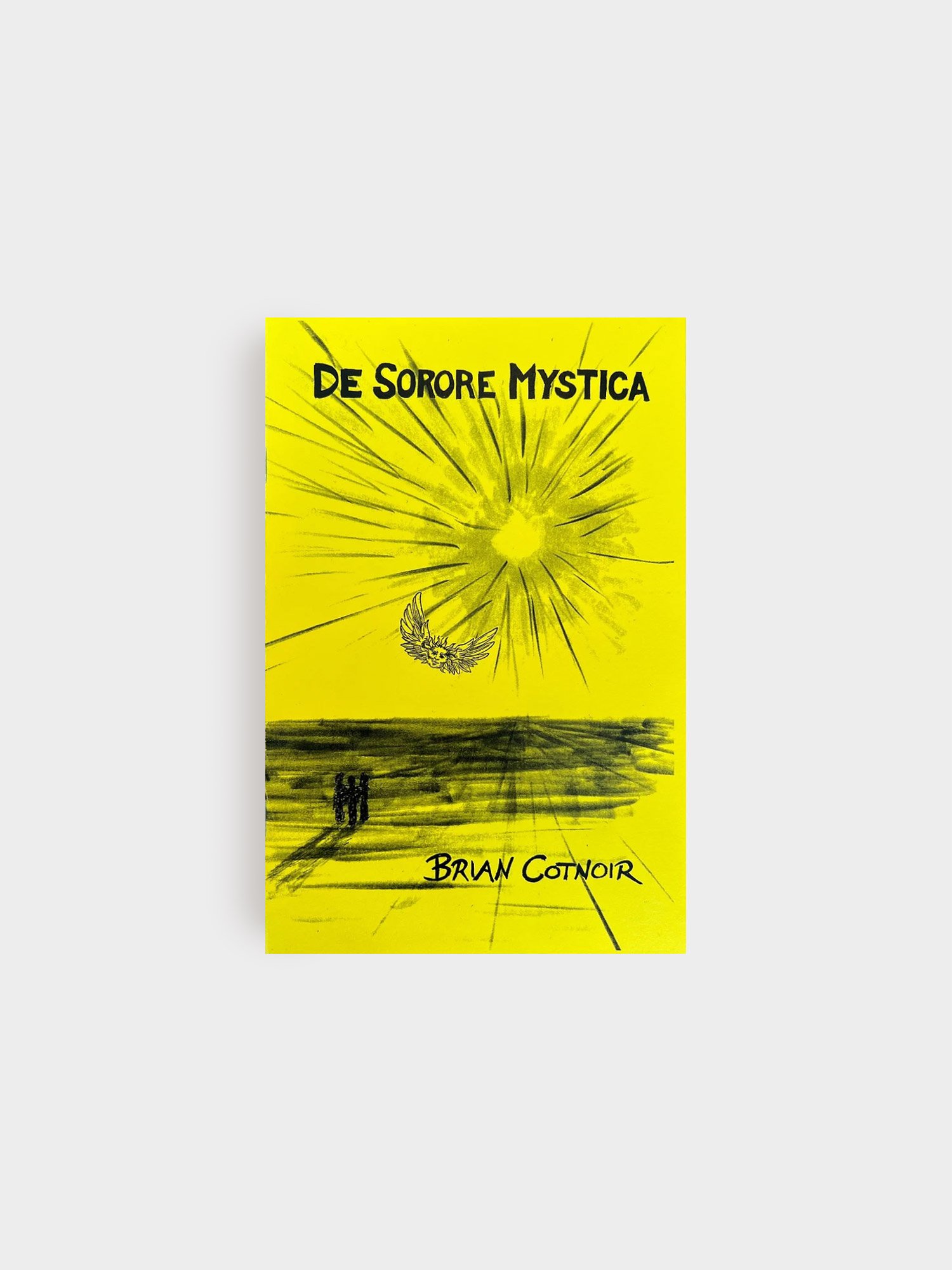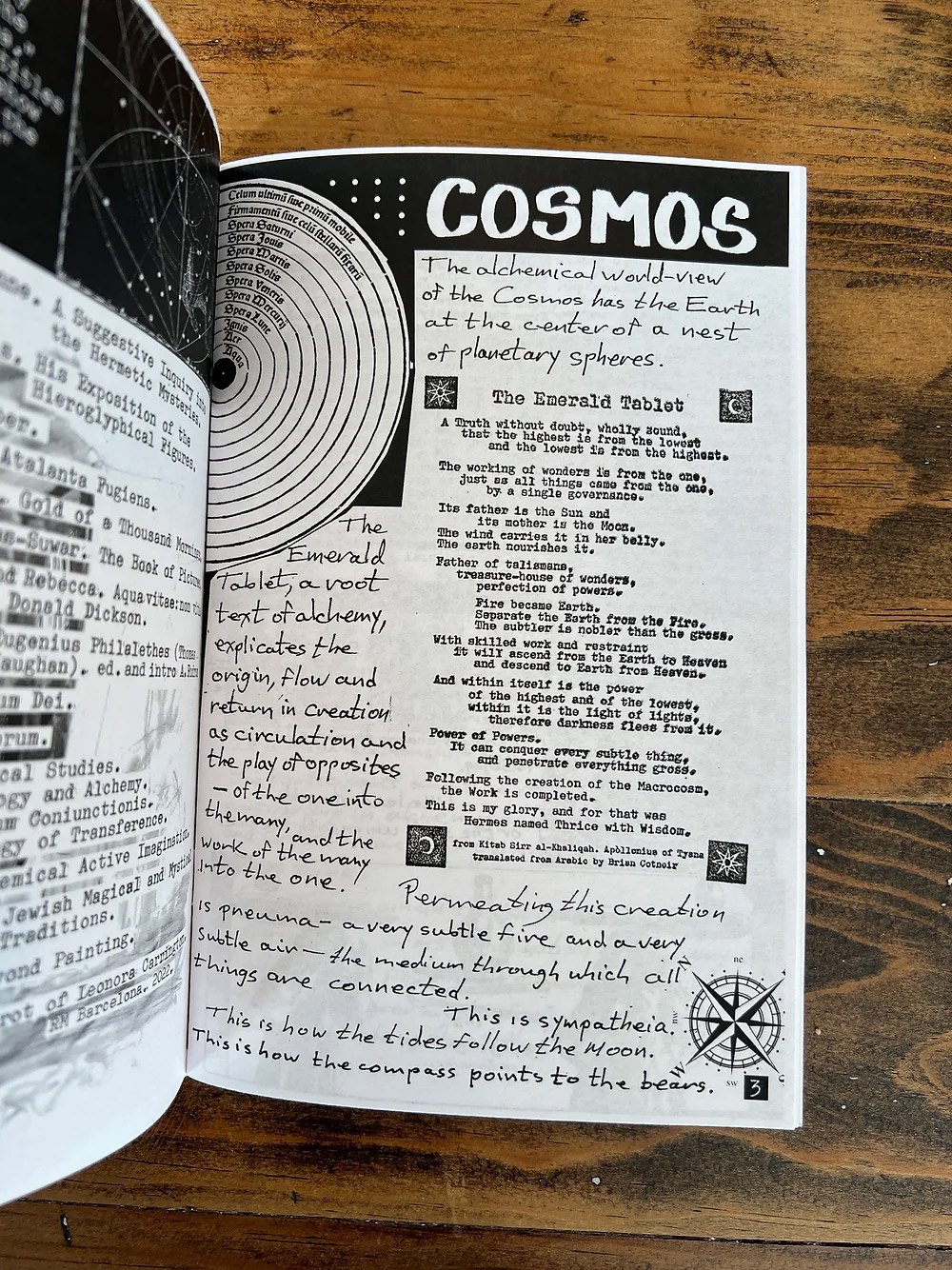-
Khepri Press
Leaflet Zine, 24 pages.
About the Author
Brian Cotnoir is an alchemist, artist and Emmy award-winning filmmaker. His books include Alchemy: The Poetry of Matter, Practical Alchemy: A Guide to the Great Work, Alchemical Meditations, On the Quintessence of Wine and the Emerald Tablet. His film work has been screened at the Museum of Modern Art, Sundance Film Festival, HBO, PBS and other international venues.
Description
A golem is a man of clay brought to life through the power of the word – the written word. Of all the legends and stories of golems, perhaps the most famous is the story of Rabbi Loew and the Golem of Prague. Rabbi Loew, as the story goes, in the 16th-century during the reign of Rudolph II, in Prague using secret practices from the kabbalah, brought to life a clay man to defend against anti-Semitic attacks. This story has resonated for generations and has been retold many times in a variety of media. What truths are there in this story, how did this Golem come to be? This zine looks into the mystical practices of Judaism that are at the heart of the legends and examines how this story evolved over time and was re-told in a variety of media, such as Paul Wegener’s silent film Der Golem, the play The Golem by Leivick and Julien Duvivier’s 1936 Le Golemfilmed in Prague and in the Altneu synagogue. Included in the zine are some of the earliest legends and stories of the golem. Most notably, translated here for the first time, is Franz Klutschak’s 1841 Der Golam Des Rabbi Löw, one of the earliest versions of the Rabbi Loew and Golem story.


















